At Kayne Griffin Corcoran, artists place the architecture of art in the frame
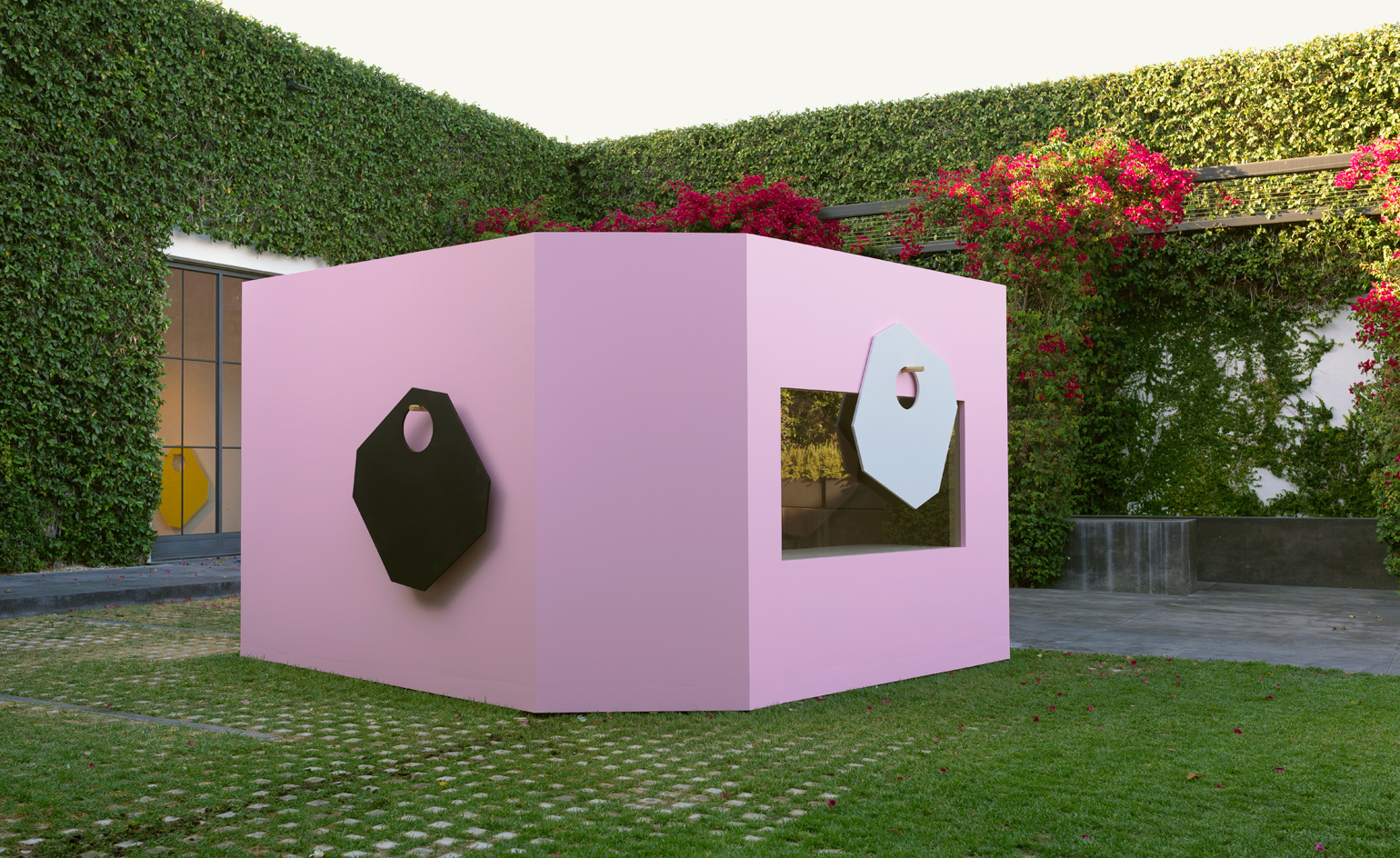
There is an inherent dialogue in the pairing of Jean-Pascal Flavien and Mika Tajima at Los Angeles gallery Kayne Griffin Corcoran, one that explores how our physical environments probe our emotional and social states, and vice versa. It is easy to think of architecture as fixed and permanent, but their works prove that the spaces we inhabit can be flexible and can afford their human participants a surprising amount of agency.
Flavien’s Statement House, as erected in the gallery’s courtyard, is a beautiful blush pink, its interior illuminated by a round skylight. But physical attributes do not describe this house, rather, its inherent mutability does. By inviting two screenwriters, David L Brundige and Max Kopelowicz, to man a Twitter feed that serves as an ongoing 'script' for the house, Flavien explores the possibilities of language, humour and spontaneity in conjuring architecture and daily domestic life. A quick look at Flavien’s Instagram feed reveals his own ongoing observations of the house’s contingencies, including the shifting pool of sunlight at different times of day, to various guests that inhabit the house, to plans for the house that sometimes do, and sometimes do not, actually happen.
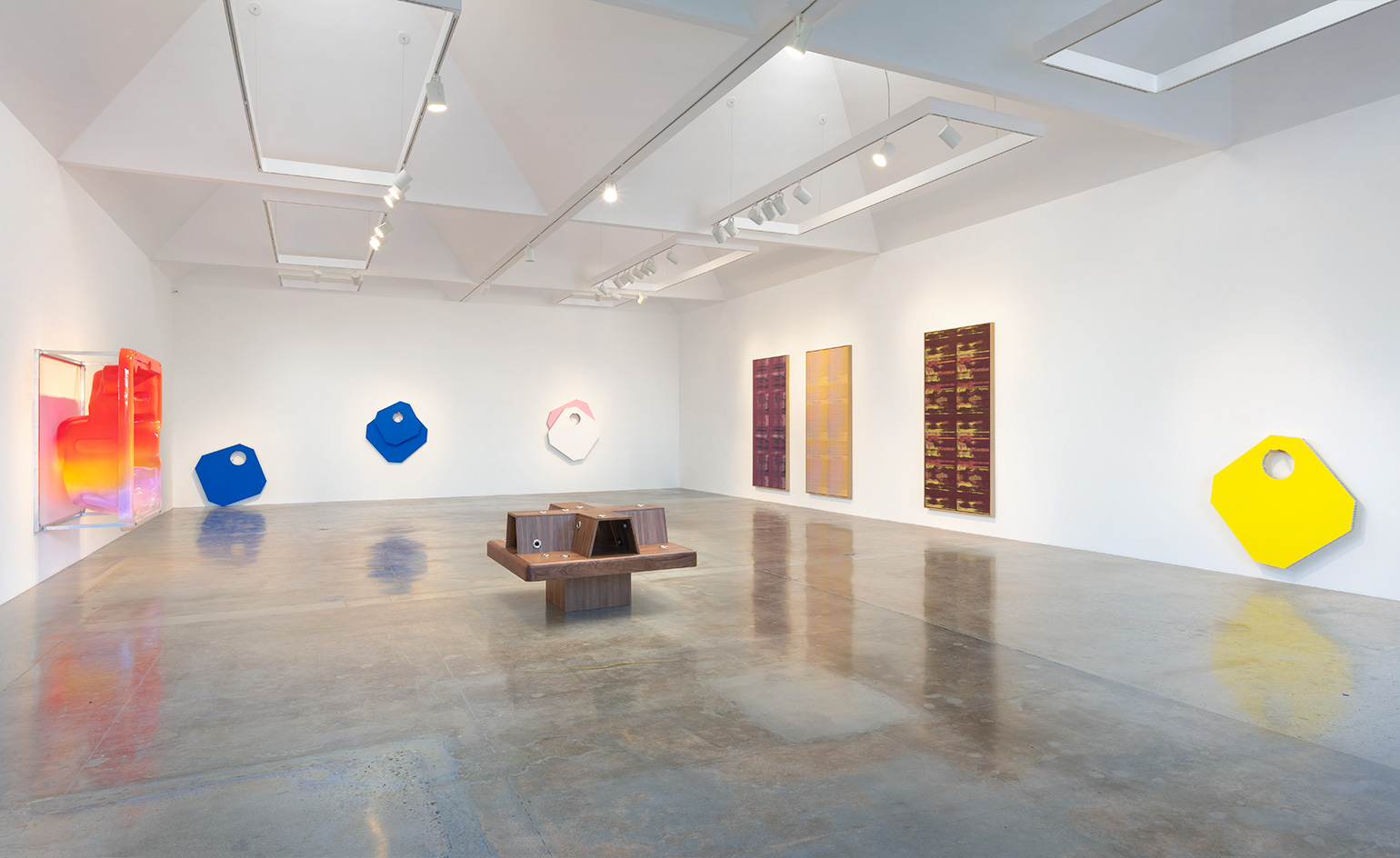
Installation view.
Tajima’s works are more specifically concerned with social spaces, particularly as shaped by labour and technology. Hanging on the wall inside the gallery is a work from the 'Epimelesthai Sautou (Take Care)' series, a cast acrylic form comprising a hot tub with four seats, spray-painted in bright red, yellow and purple. Directly in front of it is a sculpture that could be its inverse: a bench designed after Herman Miller’s 2013 Public Office Landscape furniture system, however, its seats are facing away from each other in an apparent conflict of workplace harmony.
The fixed configurations of the two sculptures provoke thinking on what it means to design for optimisation – for example, do we seek efficiency only to sacrifice flexibility? This question, as it pertains to cities, and to our increasingly vast digital spaces, is explored in Tajima’s Meridian, a light installation connected to a program that analyses the Twitter feeds of the citizens of New Songdo City, Korea, a master-planned city emphasising sustainability and hi-tech living. Tweets are analysed for positive and negative feelings, with the colour and intensity of the lights fluctuating in real time according to the aggregate sentiment. The artist notes: 'The installation underlines the entanglement of our embodied senses with a global network system that seeks to maximise "quality of life" through computational means. The pursuit of quality of life is at the expense of different possible ways of life.'
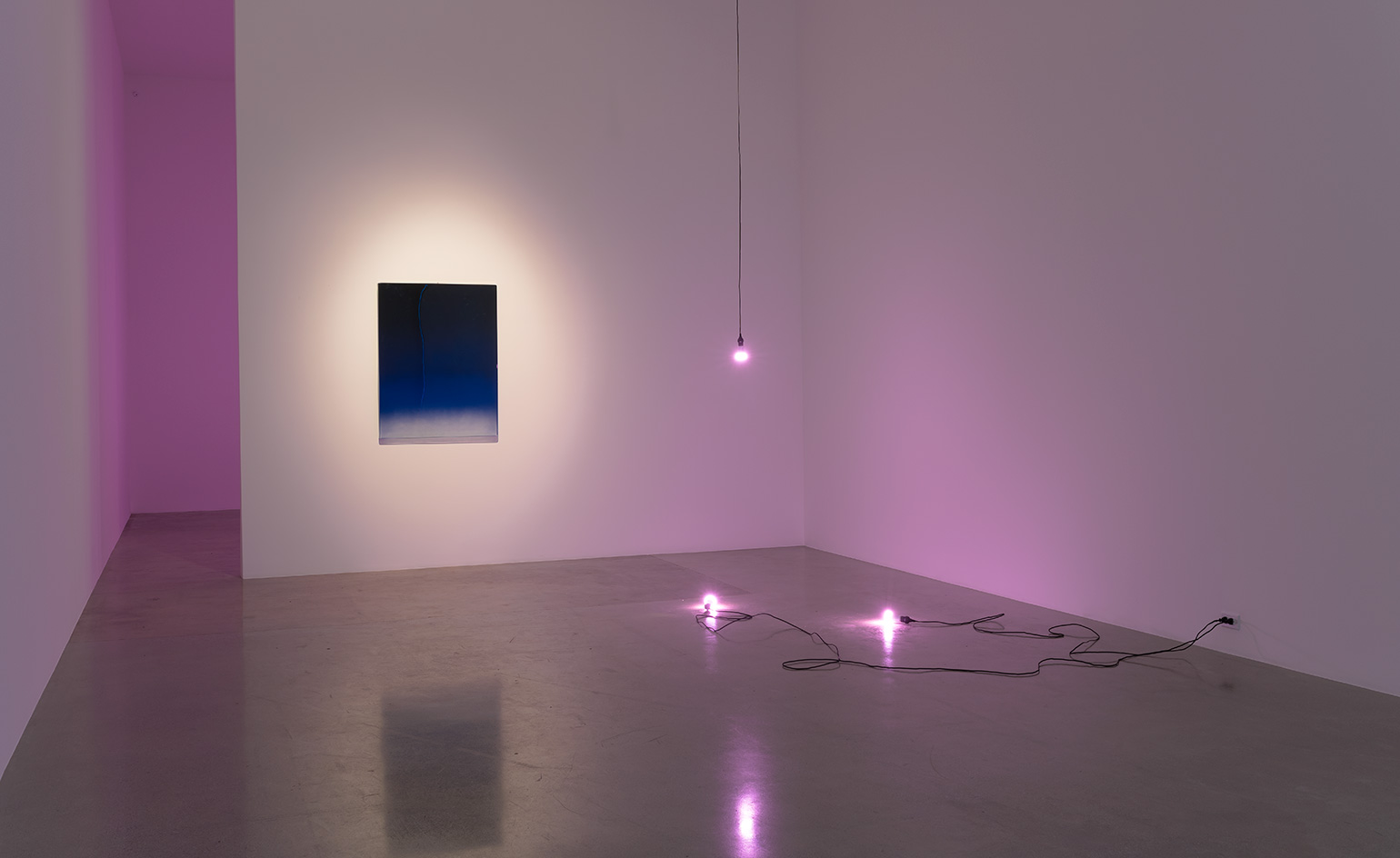
'Meridian', by Mika Tajima, 2016
Perhaps, then, the most possibility arises from thinking abstractly. On the wall amid the Meridian installation is Tajima’s Furniture Series, which is not of furniture at all but rather abstract compositions of spray enamel on flat acrylic panels, as if they were transcendent analogues to a desk or a chair. Her Negative Entropy textiles are more specific: the colorful, abstract weavings are visually based on industrial sounds, and represent individual laborers in different workplaces. Nearby, alternate floor plans for Flavien’s house, in different colours and with slight variations, hang cheerily on the wall, arguing that all you might need to do, if met with a challenging space, is to change the plan.
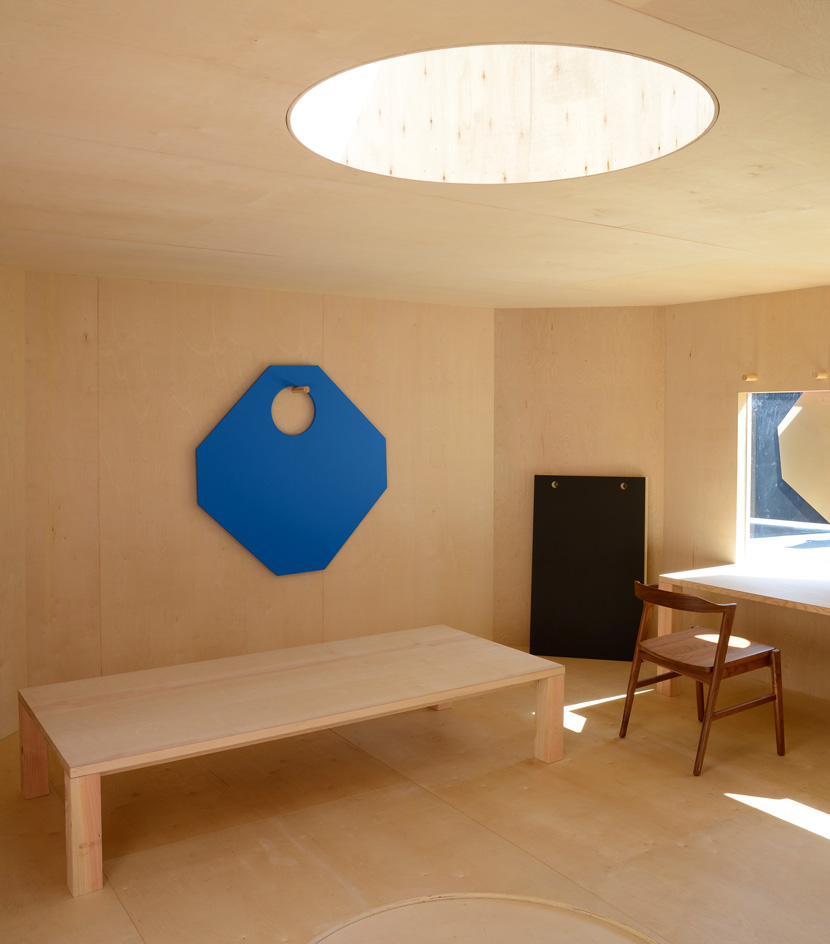
A view inside Flavien's statement house (temporary title) Los Angeles, 2016.
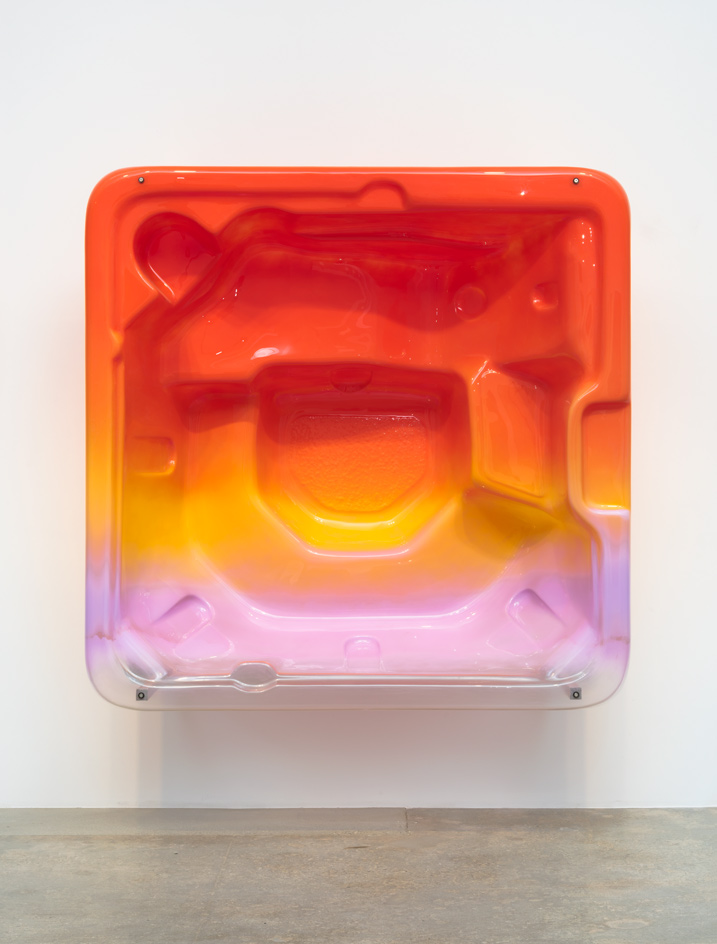
Epimelesthai Sautou (Take Care), 1, by Mika Tajima, 2014.
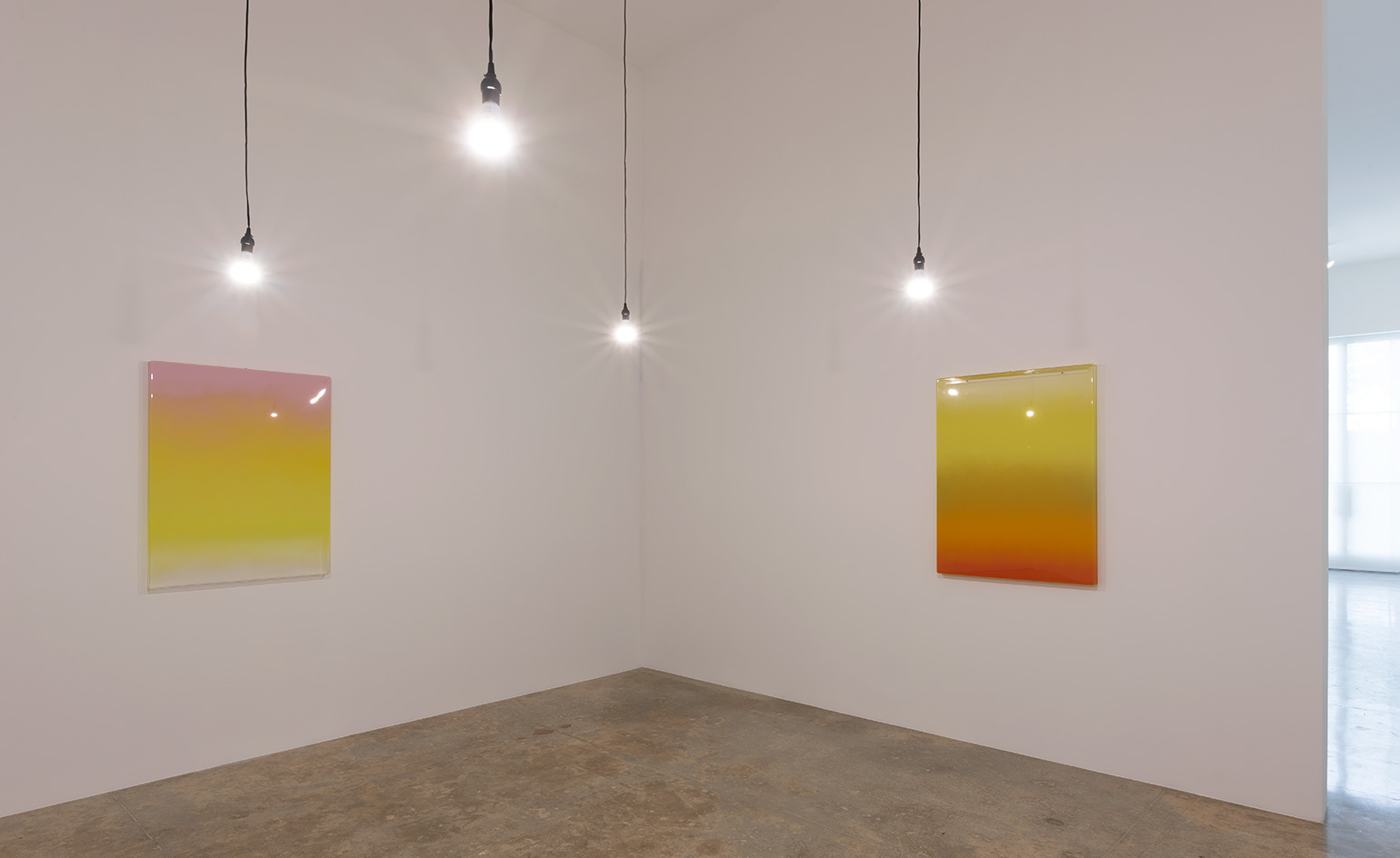
Installation view of Furniture Art (Socorro Island), by Mika Tajima, 2016.

Social Chair, by Mika Tajima, 2016.
INFORMATION
The exhibition runs until 29 October. For more information, visit the Kayne Griffin Corcoran website
ADDRESS
1201 S La Brea Ave
Los Angeles
CA 90019
Receive our daily digest of inspiration, escapism and design stories from around the world direct to your inbox.
-
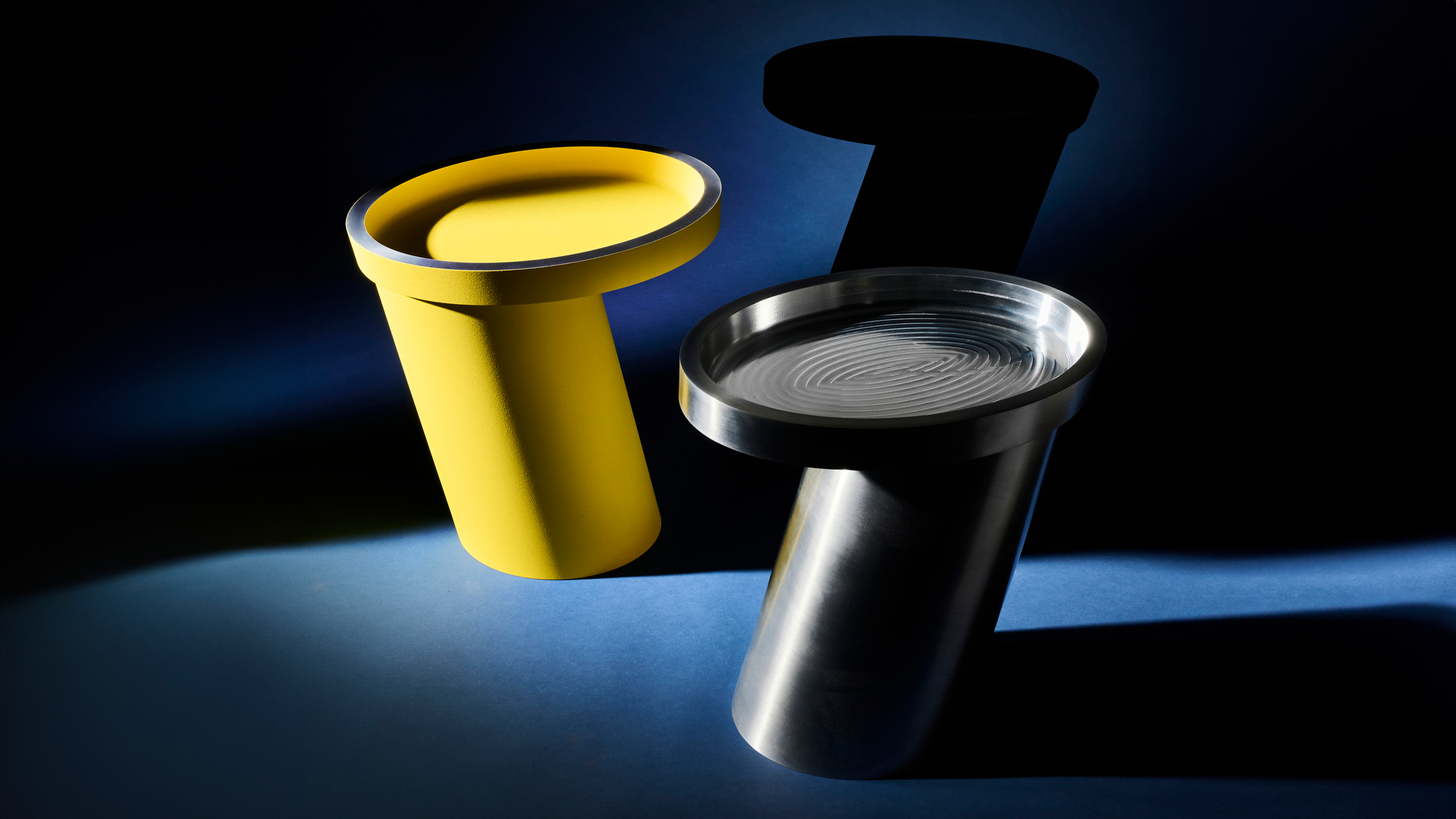 Eddie Olin's furniture that merges heavy metal with a side of playfulness
Eddie Olin's furniture that merges heavy metal with a side of playfulnessWallpaper* Future Icons: London-based designer and fabricator Eddie Olin's work celebrates the aesthetic value of engineering processes
-
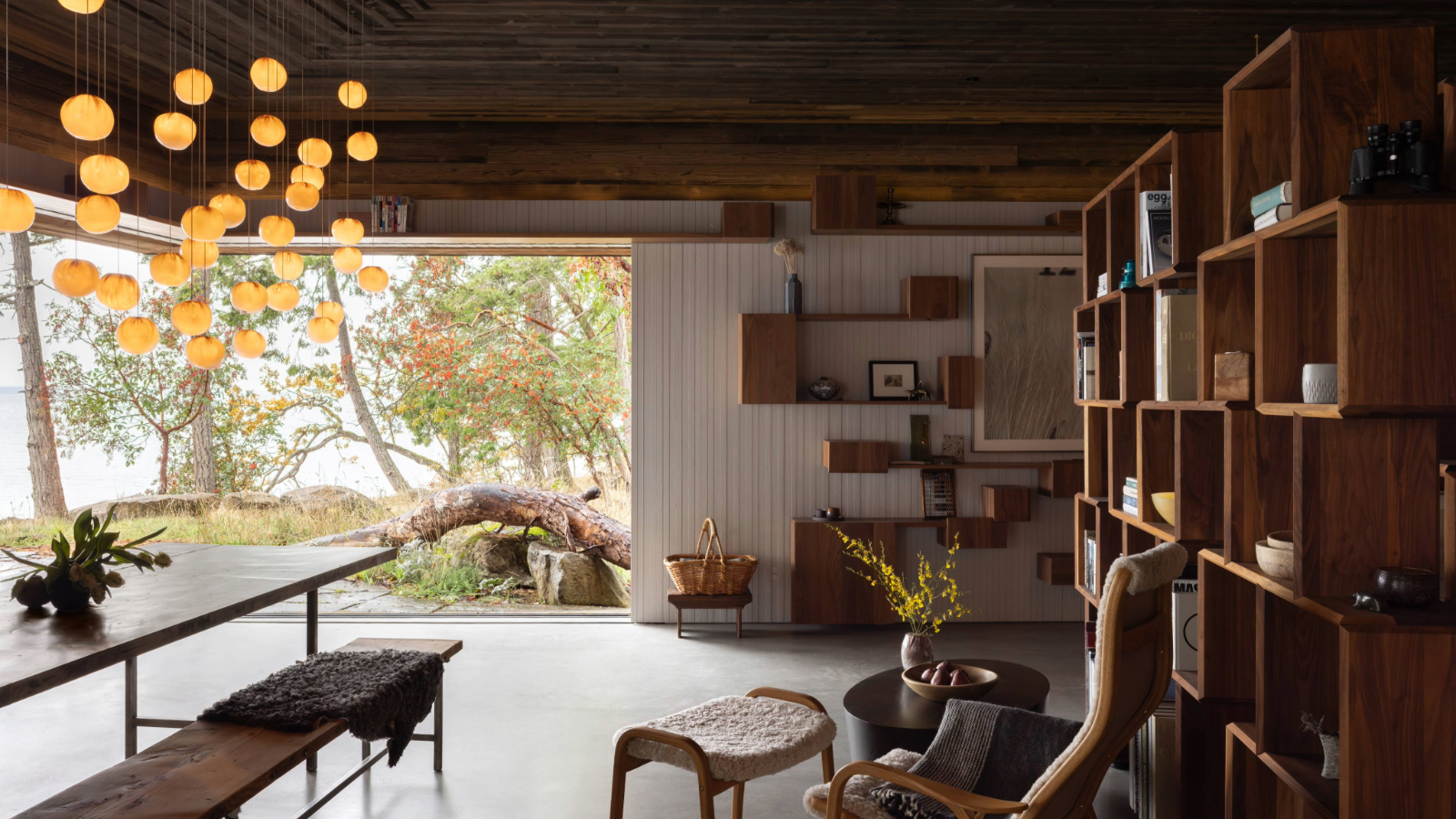 This retreat deep in the woods of Canada takes visitors on a playful journey
This retreat deep in the woods of Canada takes visitors on a playful journey91.0 Bridge House, a new retreat by Omer Arbel, is designed like a path through the forest, suspended between ferns and tree canopy in the Gulf Island archipelago
-
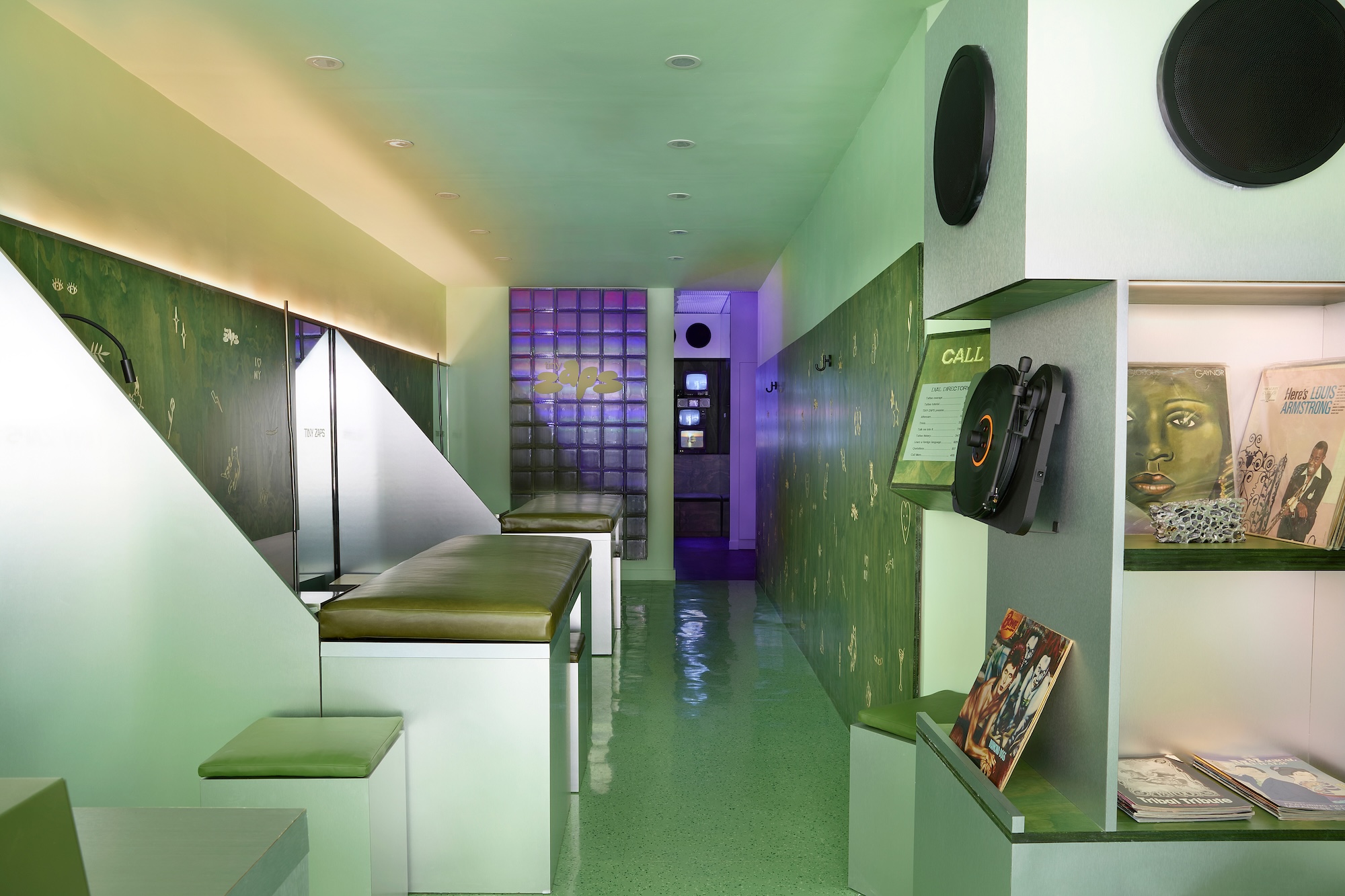 Terrified to get inked? This inviting Brooklyn tattoo parlour is for people who are 'a little bit nervous'
Terrified to get inked? This inviting Brooklyn tattoo parlour is for people who are 'a little bit nervous'With minty-green walls and an option to 'call mom', Tiny Zaps' Williamsburg location was designed to tame jitters
-
 Robert Therrien's largest-ever museum show in Los Angeles is enduringly appealing
Robert Therrien's largest-ever museum show in Los Angeles is enduringly appealing'This is a Story' at The Broad unites 120 of Robert Therrien's sculptures, paintings and works on paper
-
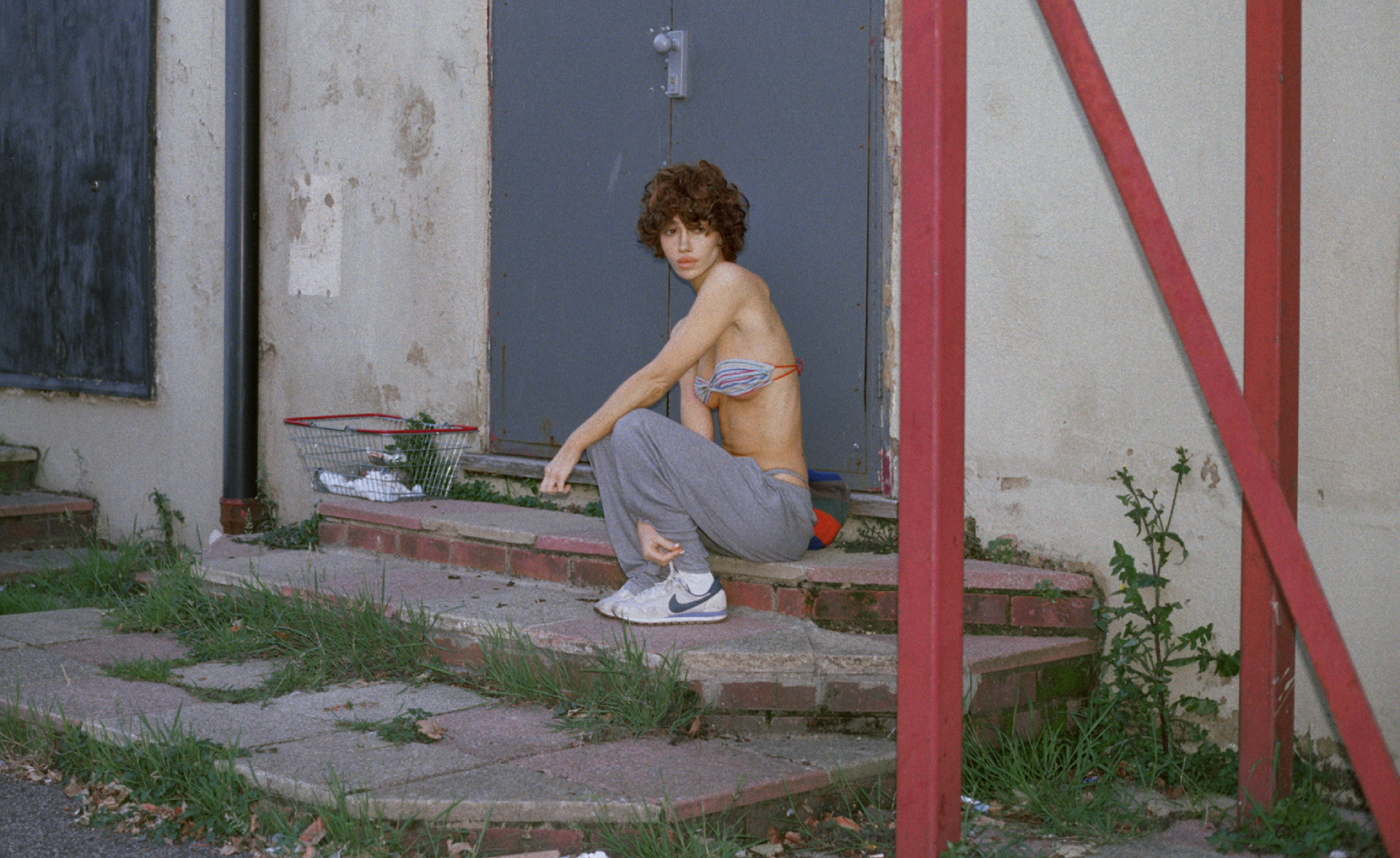 Nadia Lee Cohen distils a distant American memory into an unflinching new photo book
Nadia Lee Cohen distils a distant American memory into an unflinching new photo book‘Holy Ohio’ documents the British photographer and filmmaker’s personal journey as she reconnects with distant family and her earliest American memories
-
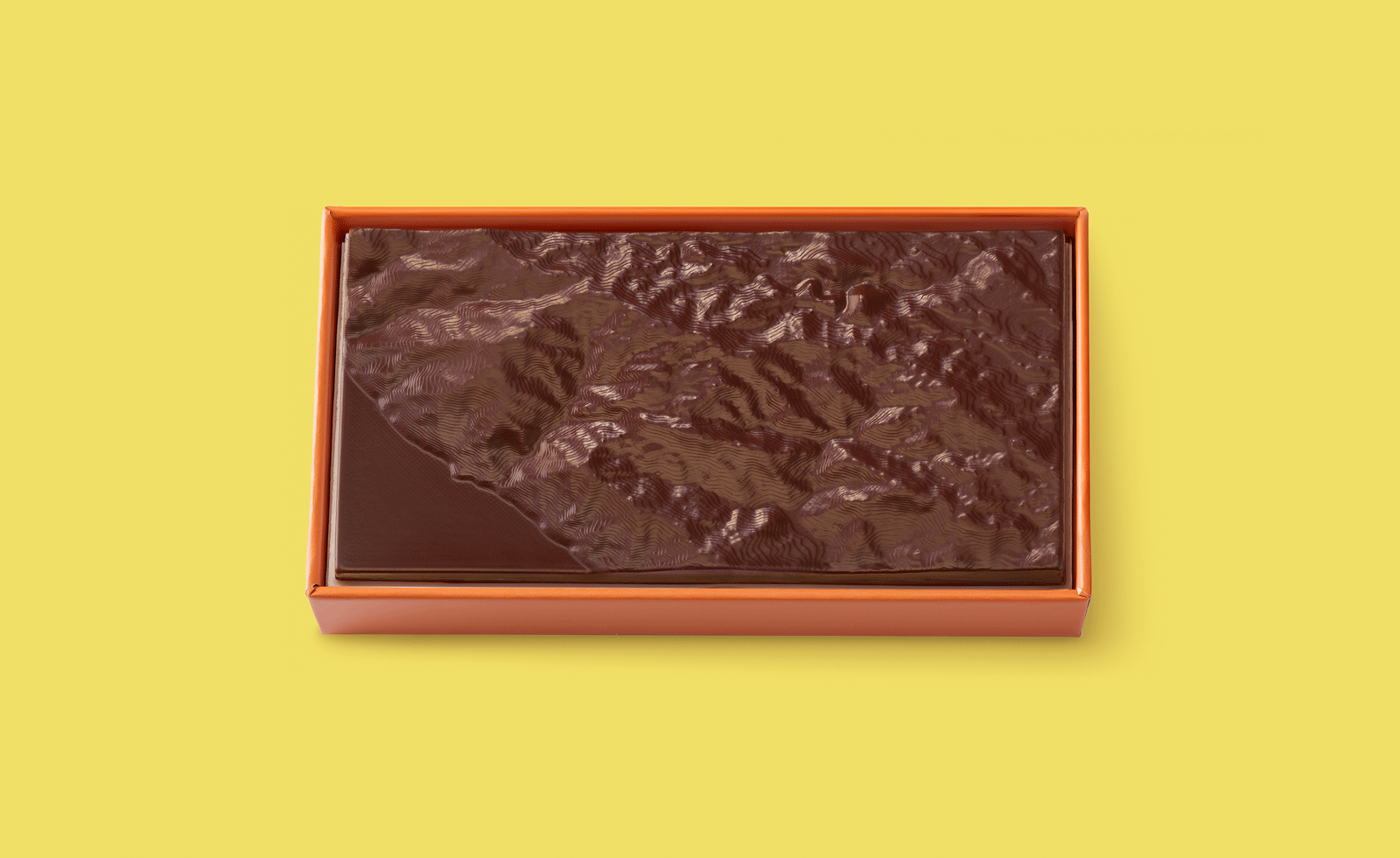 Ed Ruscha’s foray into chocolate is sweet, smart and very American
Ed Ruscha’s foray into chocolate is sweet, smart and very AmericanArt and chocolate combine deliciously in ‘Made in California’, a project from the artist with andSons Chocolatiers
-
 Jamel Shabazz’s photographs are a love letter to Prospect Park
Jamel Shabazz’s photographs are a love letter to Prospect ParkIn a new book, ‘Prospect Park: Photographs of a Brooklyn Oasis, 1980 to 2025’, Jamel Shabazz discovers a warmer side of human nature
-
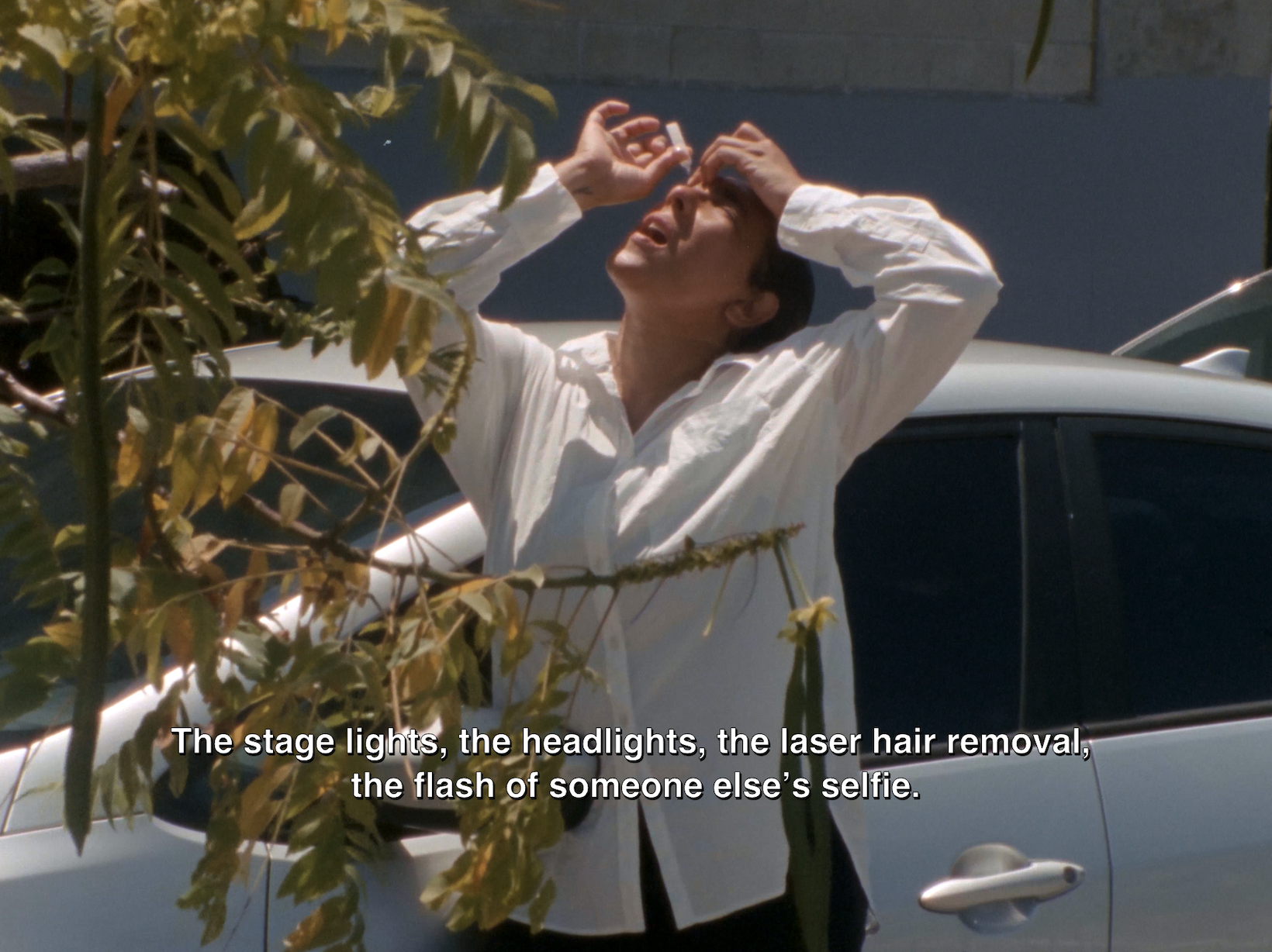 The Hammer Museum in Los Angeles launches the seventh iteration of its highly anticipated artist biennial
The Hammer Museum in Los Angeles launches the seventh iteration of its highly anticipated artist biennialOne of the gallery's flagship exhibitions, Made in LA showcases the breadth and depth of the city's contemporary art scene
-
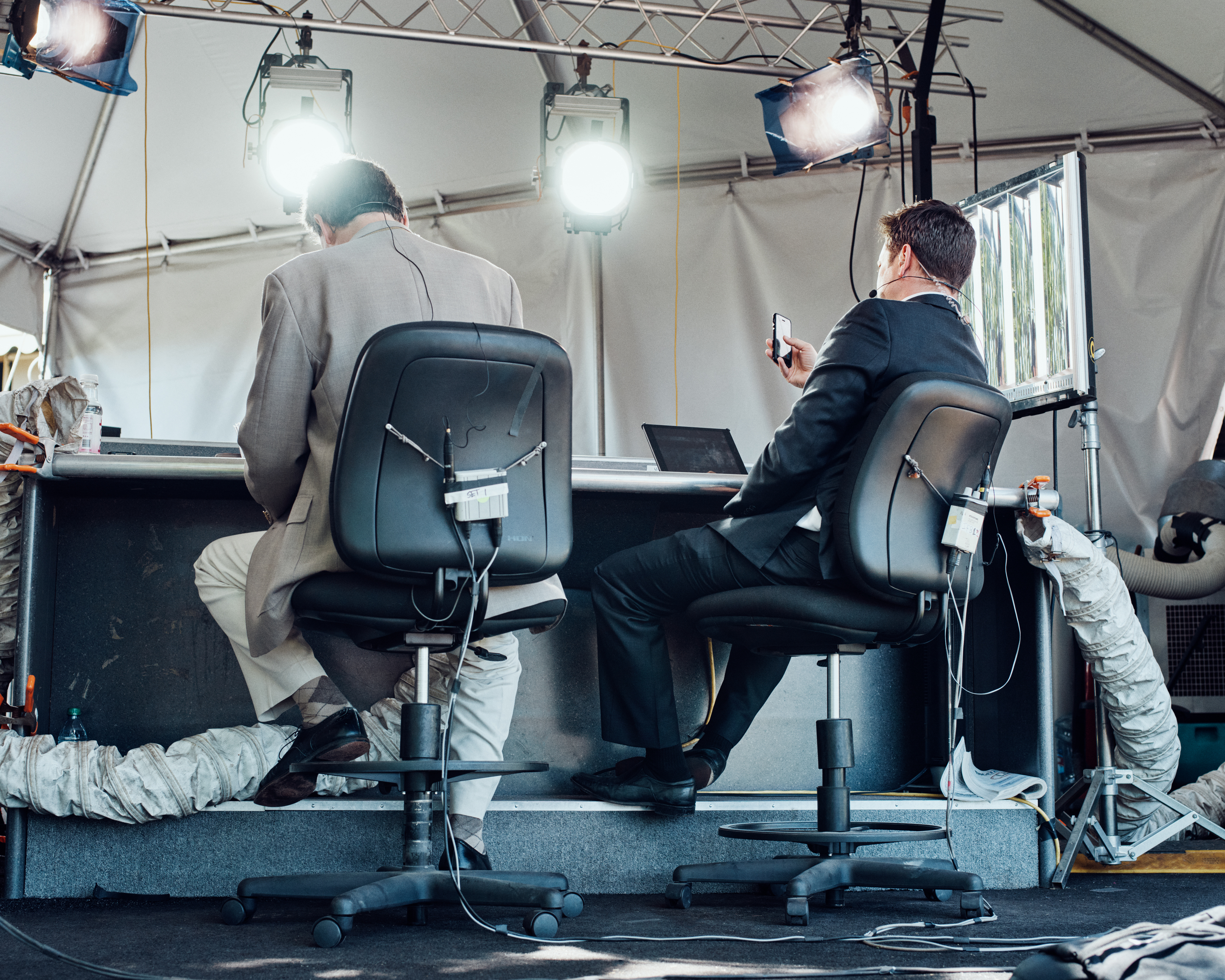 Thomas Prior’s photography captures the uncanny fragility of American life
Thomas Prior’s photography captures the uncanny fragility of American lifeA new book unites two decades of the photographer’s piercing, uneasy work
-
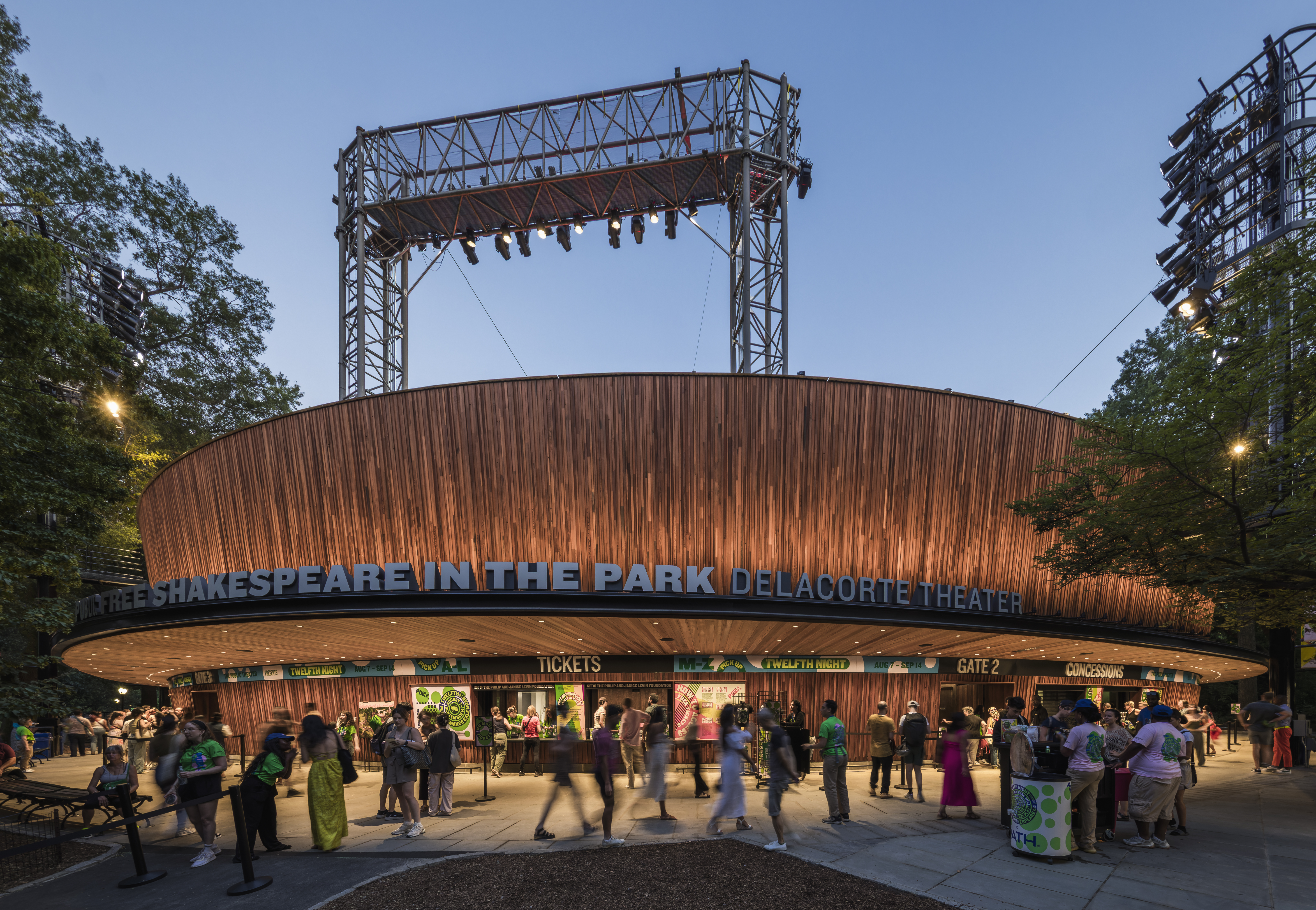 Central Park’s revitalised Delacorte Theater gears up for a new future
Central Park’s revitalised Delacorte Theater gears up for a new futureEnnead Architects helmed an ambitious renovation process that has given the New York City cultural landmark a vibrant and more accessible future
-
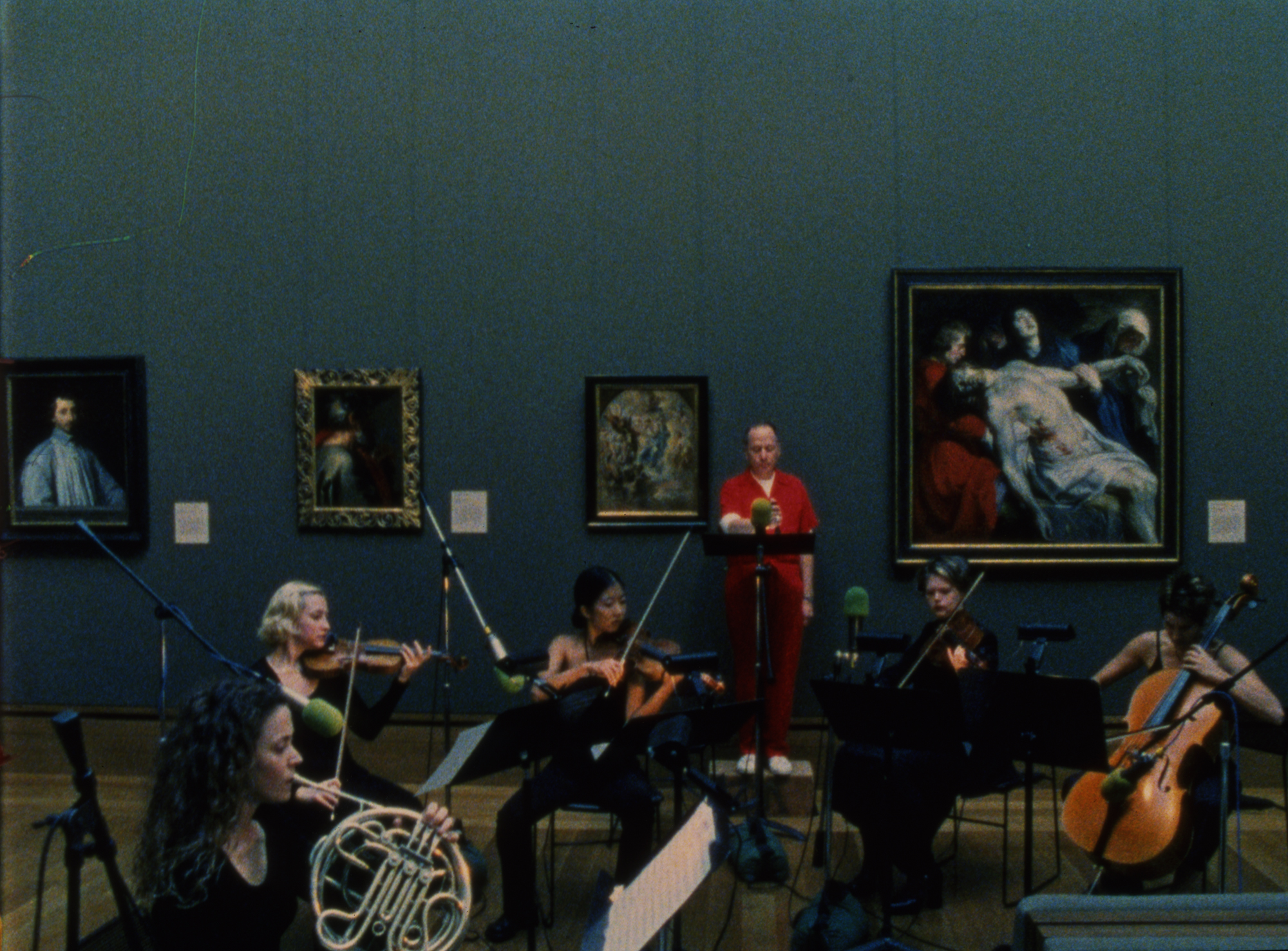 Stephen Prina borrows from pop, classical and modern music: now MoMA pays tribute to his performance work
Stephen Prina borrows from pop, classical and modern music: now MoMA pays tribute to his performance work‘Stephen Prina: A Lick and a Promise’ recalls the artist, musician, and composer’s performances, and is presented throughout MoMA. Prina tells us more